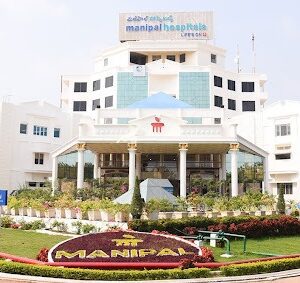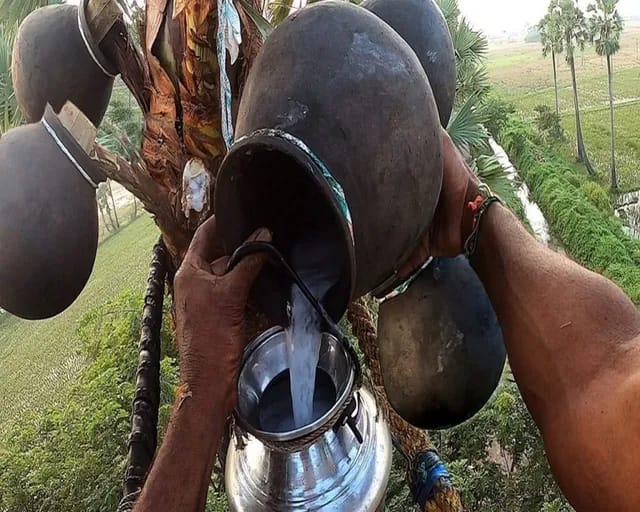
Dextrocardia is a rare congenital disorder in which the heart resides on the right side of the thoracic cavity. It is often associated with other development anomalies and, in most cases, is diagnosed incidentally. It can occur by itself or can be accompanied by a reversal in the position of other organs (termed situs inverses totalis). When heart is seen in the right side of the chest it can be due to 2 reasons, one is Dextrocardia and the other one is Dextroposition
Dextrocardia also involves a change in the orientation of the heart with its base to the apex axis being directed to the right, in contrast to the normal heart orientation where the apex is directed to the left. This change in orientation differentiates it from cardiac dextroposition, where the heart is displaced to the right side as a result of extracardiac causes, such as a diaphragmatic hernia, right pneumonectomy, or right lung hypoplasia.
Most patients with dextrocardia are asymptomatic and lead a normal life. The management of dextrocardia varies depending on the presence of other congenital anomalies. In patients who have other associated cardiac malformations such as defects of the walls of the heart, malposition of blood vessels, Tetralogy of Fallot, septal defects, severe valvular abnormalities, surgical reconstruction might need to be considered.
Patients with heart blocks and abnormalities of the cardiac electrical system need to be evaluated for pacemaker placement.
– Dr. N. Sandeep, Associate Consultant – Cardiology, Manipal Hospitals, Vijayawada







